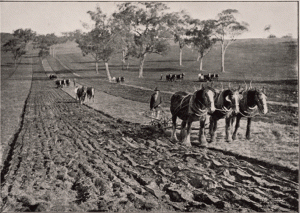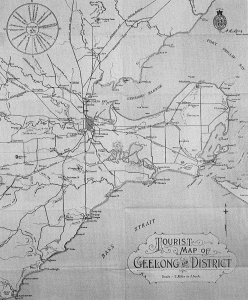‘Appeals to a Child’s Imagination’
Exhibit: ‘Appeals to a Child’s Imagination’: The Morgan Collection of Children’s Books, Special Collections, Baillieu Library, University of Melbourne, ground floor, Baillieu Library, until Wednesday 1 February 2012
A display highlighting the Morgan Collection of Children’s Books from the Library’s Special Collections is now showing on the ground floor of the Baillieu Library. This collection is based upon a generous donation to the Library in 1954 by the British antiquarian Frederick Charles (F.C.) Morgan (1878-1978). As a result of his generosity, the University acquired one of Australia’s foremost collections of children’s books and a significant collection in world terms. Since then, the collection has been actively enlarged and today it consists of approximately 4,000 items, four times the size of its original 1,086 volumes in 1954.
One of the many highlights of the Morgan Collection is its wealth of lavishly-illustrated books. The present display celebrates the colour illustrations by the prominent 19th-century children’s book illustrators Walter Crane, Randolph Caldecott and Kate Greenaway. The collection contains not only books, but also various toys and games enjoyed by children of the Victorian era, including a mid-19th-century cube block puzzle, a portable folding globe, c.1866, paper doll story books and a child’s magic set. Through its rich array of items, the Morgan Collection offers staff, students and the wider community the opportunity to engage with the social milieu of a past age through treasured childhood stories and playthings, some of which are still familiar today.
Above: Randolph Caldecott (1846-1886), ‘Hey diddle-diddle and Baby Bunting’, London: Routledge, 1882, gift of F.C. Morgan, 1954, Special Collections, Baillieu Library, University of Melbourne.






